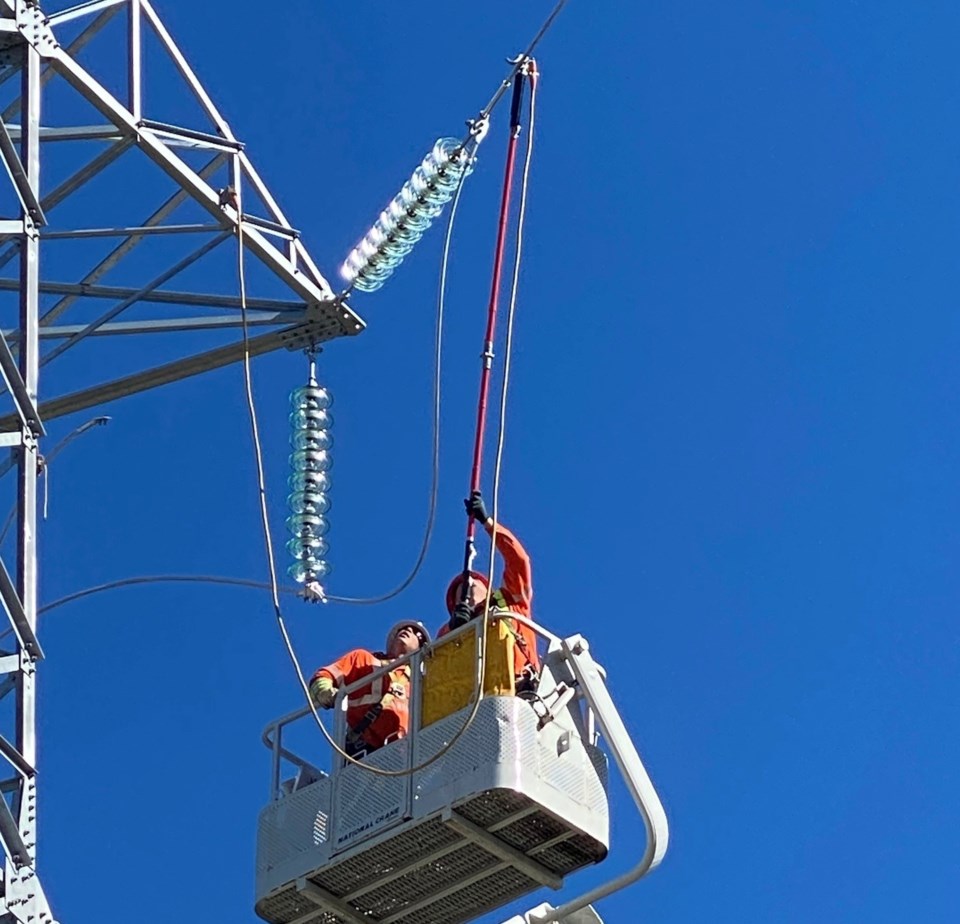Bearskin Lake First Nation in northwestern Ontario is the latest remote community to be connected to the provincial grid through the Wataynikaneyap (Watay) Power project.
A news release from the Indigenous-owned utility said the community, 600 kilometres north of Thunder Bay, was officially connected on July 7. Bearskin Lake is no longer on diesel generator is its primary source of energy.
A celebration was held in the community on Aug. 23.
Wataynikaneyap Power is majority-owned by a partnership of 24 First Nations, in partnership with Fortis Inc. and other private investors, to build and operate the $1.9-billion infrastructure project, a reality for remote First Nations in northwestern Ontario and the Far North.
The 1,800-kilometre Wataynikaneyap Power Transmission Line will connect 17 remote First Nations to the Ontario power grid, removing their reliance on diesel-generated electricity.
The release said Bearskin Lake will be served by Hydro One Remotes Communities for the local distribution of electricity.
So far, four communities have been hooked up to the grid with five more to be “energized”in 2023 and seven in 2024.
“Grid connection is necessary to power the future needs of the community, including our future water and wastewater community upgrades,” said Bearskin Lake Chief Lefty Kamenawatamin in a statement. “Reliable power enables us to grow. We have multiple houses and buildings ready for connection, as we no longer have to worry about being at max capacity for power.”
The release said 94 per cent of the Wataynikaneyap Project is now complete.
“The capacity of diesel generators limited our peoples’ ability to grow,” said Margaret Kenequanash, CEO of Wataynikaneyap Power, in the release.
"I want to acknowledge the work that Bearskin Lake leadership has already undertaken to take full advantage of the opportunities reliable power brings – for instance, to improve their housing situation. Now that we have a power transmission line, owned by the First Nations, we can all focus on looking to future opportunities, instead of band-aid solutions.”




